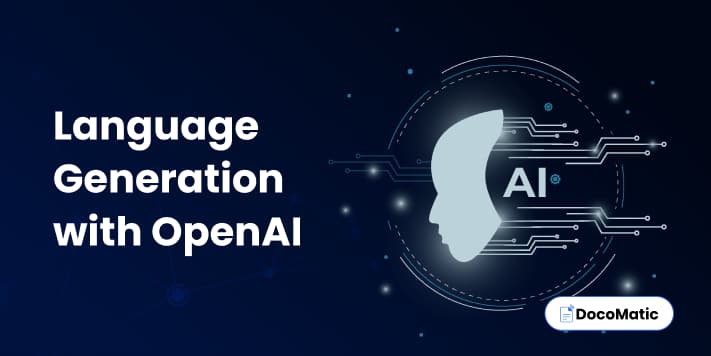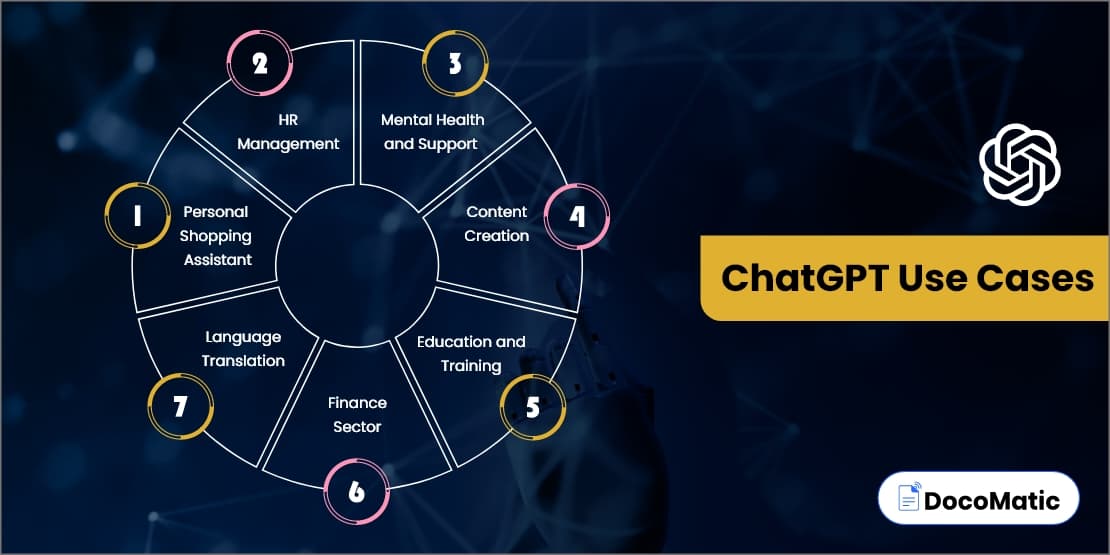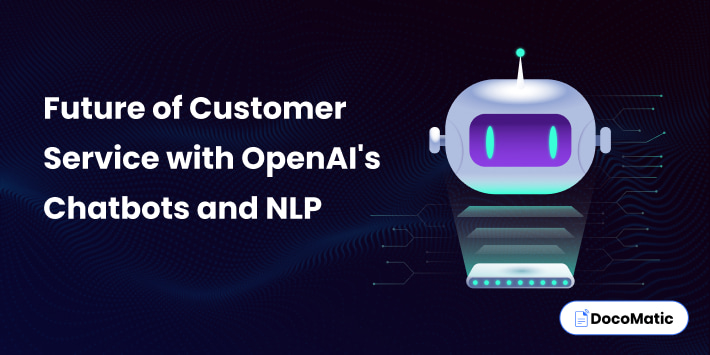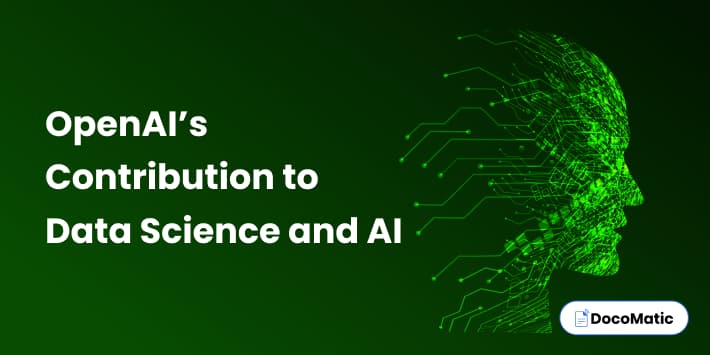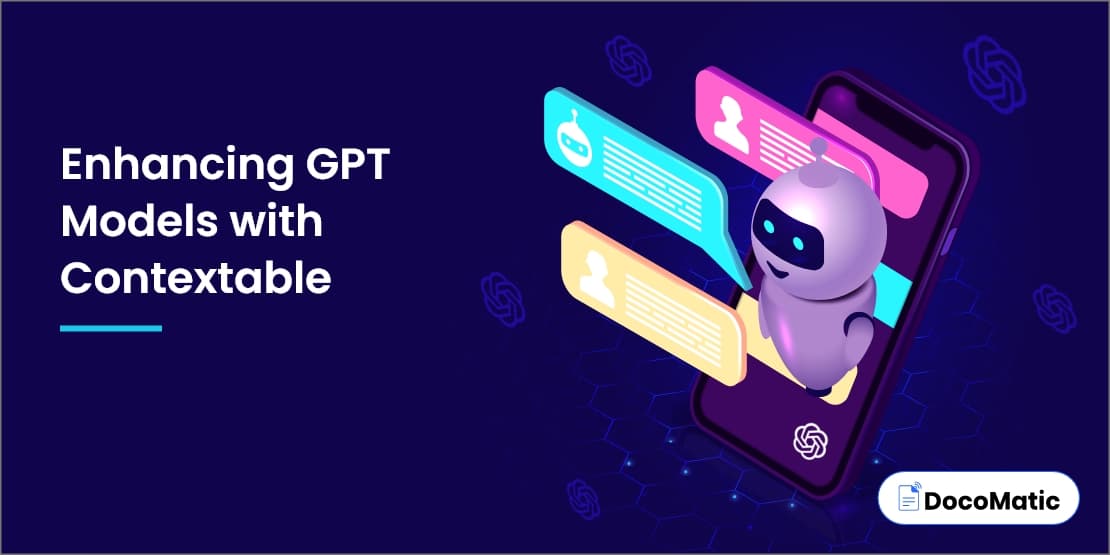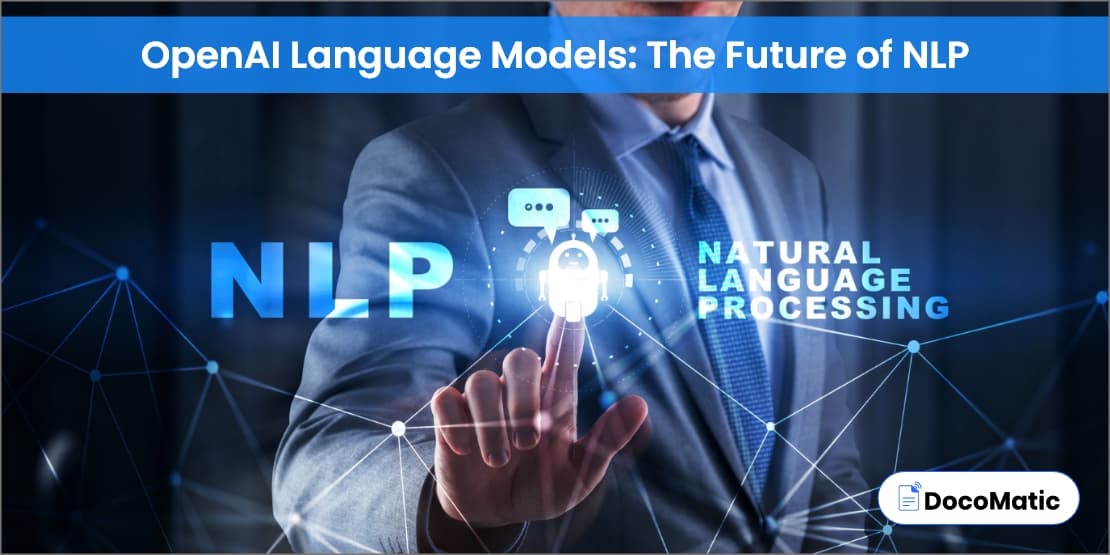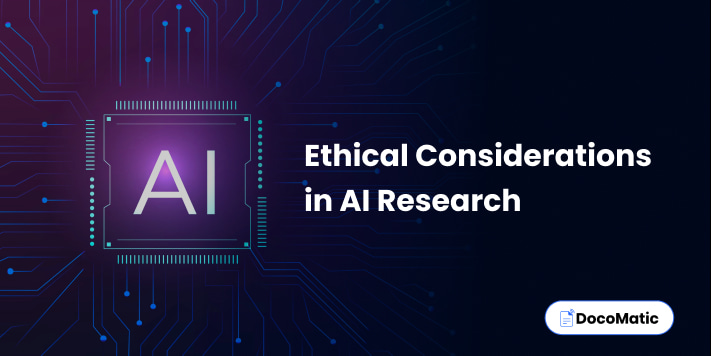In the world of artificial intelligence, natural language generation is the next frontier that is left to capture for companies. Whichever company is able to provide a perfect solution to language generation first will undoubtedly gain control over several sectors.
Currently, OpenAI is spearheading research and influence in the artificial intelligence sector. But what even is language generation and what is all the hype around it all about? These are the common thoughts of those that have not been well acquainted with the subject. Fret not, as we understand that the AI sector can be very confusing and complex at first.
The field eventually gets easier to grasp once you understand the basics fully. This is why in this article we will be going over what language generation is, why it is so important, how OpenAI plays a role in the sector, and the challenges with most language generation solutions.
Table of Content
What is Language Generation
Language generation is the field of artificial intelligence study that deals with the interpretation and generation of natural human language. This is why it is also often referred to as the field of natural language generation (NLG) by companies and individuals alike.
This field of study is what allows for constant advancements in natural language processing applications and language models that power chatbots such as ChatGPT. They are trained using massive datasets that help them learn a wide variety of subjects.
After the initial learning is complete, pre-trained models are then refined to meet whatever applications that they were built for. This is done by organizations such as OpenAI all in an effort to deliver the perfect language model that has a highly slim margin of error.
Language Generation Solutions from OpenAI
The first name that pops up in the minds of most when they think of AI innovations is OpenAI. Surely, they have some of the best-regarded language generation products in the industry right? Let us look at what they have to offer and how it can be beneficial for select applications.
1. GPT-3
Perhaps the best-known example of language generation software from OpenAI is GPT-3. A natural language generation model that is highly capable when it comes to generating text that mimics spoken human language.
Trained with some of the most sophisticated machine learning algorithms in OpenAI’s arsenal, GPT-3 was built to be the best in the industry. It can comprehend human inquiry and generate output that is highly accurate and fine-tuned to the needs of the user.
This is why it has seen such high adoption rates amongst content creators as the NLG tools do really make an impact on productivity. Replacing the manual effort to create large pieces of text can be outsourced to GPT-3 as it is capable of making large pieces of content with unstructured data.
2. DALL-E
It has long been the belief of many that art is a process that inherently takes copious amounts of time and effort. Though this age-old belief can essentially be scrapped as DALL-E is here. OpenAI’s DALL-E is an image generator that develops images based on text prompts.
DALL-E is able to achieve this by analyzing the text prompts, understanding the intent, and then generating suitable graphics within seconds. This blistering fast software process has shocked many as it means that it has a wide variety of applications in the real world.
You can obviously use this technology to create digital art for your own projects but there are also lesser-explored potential paths for this technology to take. This method of understanding what images are can be used for more complex applications such as medical diagnosis.
3. Codex
One of the finest examples of why the study of natural language generation is important is Codex. Codex is a product developed by OpenAI that is capable of generating fully operational bits of code based solely on text inputs from users.
It is very clear how powerful this ability can be if further developed as it could fully replace the need for you to be savvy about programming to develop your own applications. It will allow for more creative applications for those that have great ideas but do not know how to execute them.
Applications for Language Generation Solutions
Language generation technology has single-handedly managed to threaten a wide variety of jobs in almost all sectors. This is because it has the potential to replace human interaction altogether. Surely such technology is going to have some crafty use cases. Let us take a look at some examples to understand the potential language generation holds for businesses.
1. Customer service
One of the areas that AI will undoubtedly make an impact on is the customer service sector. Because AI language models can generate text from preexisting structured data, it is very easy for such models to accurately understand and cater to the queries presented by customers.
When you pair this with the fact that the grammatical structuring of these AI models is often superior when compared to humans, it can also give the customers a better overall experience. This is why we see companies trying so hard to implement an NLG system into their current operations.
2. Translation
Because it can handle large amounts of text quickly and adapt to different language pairs and domains, NLG-based translation has the potential to be more accurate and efficient than traditional translation methods.
Most of the mainstream language models already have multilingual operation capabilities and can readily be used for complex natural language understanding applications. They can also contextualize previous inputs and deliver translations that are highly accurate.
3. Computer programming
The language understanding of an AI language model is not always limited and restricted to only giving human responses. Some NLG software such as Codex from OpenAI can generate fully functional programs simply based on text prompts.
Seeing this it is no wonder why some developers feel the fear of AI taking over their jobs as it is apparent that the data understanding abilities of AI language generators can code as well. This makes it a great tool for those that want to get perfect code without having to do it all by themselves.
4. Content creation
An area that has seen heavy usage of AI language generation models such as GPT-3 is the field of content creation. It is very easy for content creators to feel burnt out as the field demands high levels of creativity which is very difficult to sustain for long periods of time.
This burnout is what pushes many people that are in the industry to start looking elsewhere for newfound inspiration. An AI language model can create multiple forms of content such as video scripts, blogs, news articles, and poems. You can also have such NLG software generate text for you that follows a specific language presentation style.
5. Research and analytics
One of the biggest challenges faced when conducting research or a survey is the fact that it is difficult to sort and analyze data from a large number of responses. Though with an AI’s advanced natural language understanding powers, you could easily take care of such a task.
An AI language generator should be able to understand the intent behind a collection of responses and classify them according to their type within seconds. This can make conducting research that has a lot of data for you to deal with much easier.
Concerns with Natural Language Generation
As with any other field that is relatively new, language generation has also faced a lot of scrutiny from skeptics all over the world. The critical points that many bring up are mostly related to the AI language generator’s inaccuracy when it comes to the answers that it provides.
This has led some users to develop a permanent distrust when it comes to using language generators for their use cases. There is also the problem of having new models and competitors pop up every other year which can heavily disrupt the workflow at any establishment.
Because the world of AI is rapidly evolving it is difficult to predict what the future will be like and what tools you should use in the present to get the best results sustainably. At the end of the day, we must accept this fact and go with holistic AI solutions as much as possible.
FAQs
Since NLG is great at interpreting user intent, it can be used to deliver customized experiences for them that primarily cater to their needs. It can also be used for targeted marketing purposes as the NLG can recognize user patterns and deliver recommendations accordingly.
The best way in which a business could successfully integrate NLG into its processes is by understanding its use case in depth and fine-tuning the NLG for that application. All while ensuring that the outputs from the NLG are of high quality and meet your standards.
The automation powers granted by NLG can be very useful to quickly generate marketing content. This content can be anything from product recommendation emails to detailed product descriptions. The main benefit is that you save a lot of time and cost that is usually lost when creating such content using traditional methods.
Conclusion
Making a machine comprehend human speech and deliver accurate responses was mostly considered a fantasy just a couple of decades ago. Though thanks to the present day NLG systems are so highly advanced that they can comprehend speech better than some humans.
This is made possible by companies such as OpenAI with their undying dedication to the field and excellent products that are made available to the public. Their efforts truly showcase the potential held by language generation applications in the brightest light imaginable.
Still, despite all the developments in the industry, it is safe to say that the technology is still in its infancy as it cannot be considered fully accurate in what it does. The future is probably going to be filled with niche AI NLG tools or one general tool that rules over them all. Only time will tell how the field of language generation evolves and affects regular businesses.
